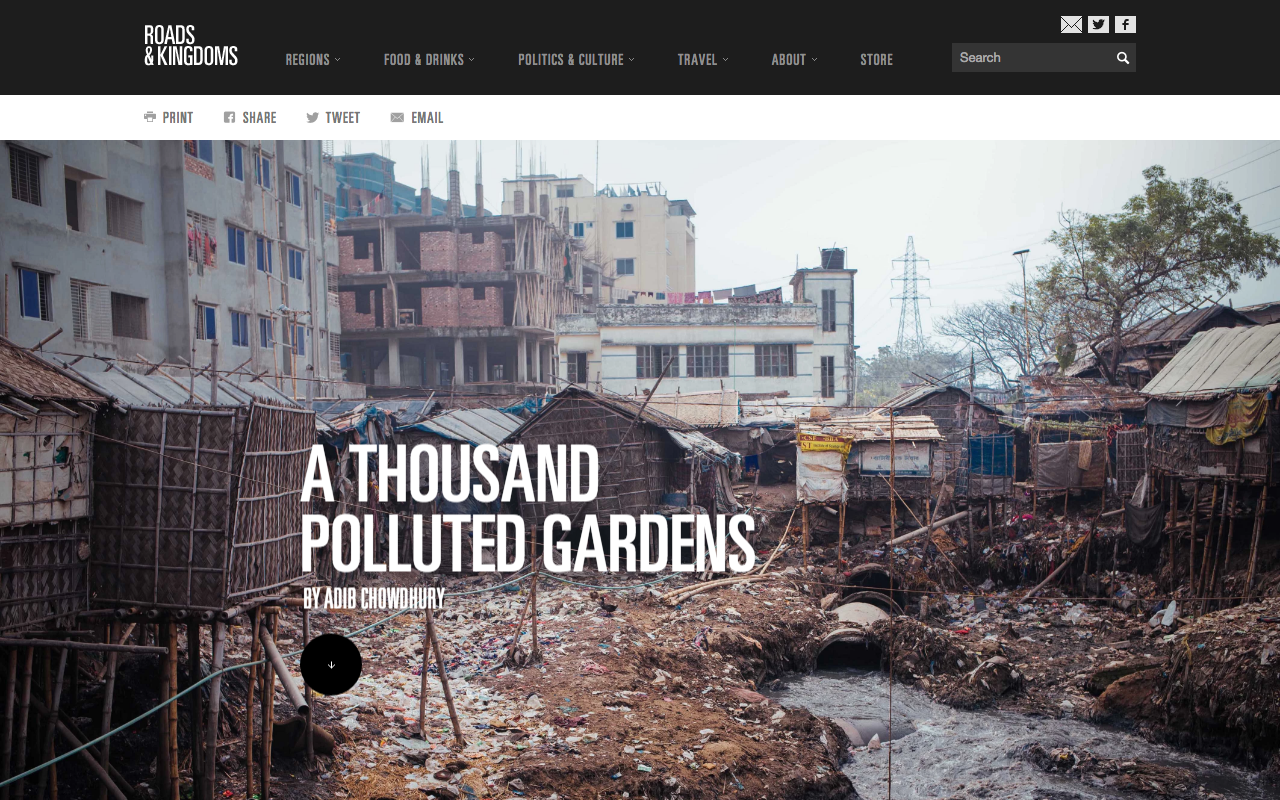The Juggernaut: Britain’s forgotten Immigrants
Writing about the often overlooked role Britain’s immigrants have had in times of need. From the trenches during the World Wars, to supporting the frontlines in COVID-19
Guardian: 2020- Planting hope: The Syrian refugee who developed virus resistant super-seeds
The story of Syrian plant virologist Dr Safaa Kumari's discovery that could safeguard food for millions, and how she risked her life to rescue it from Aleppo
Avaunt Magazine 2019- Maarad: A Tale of Three Cities.
An abandoned modernist fairground in Lebanon came to epitomise both the worst excesses of war and hopes of renewal afterwards. The story of how a fairground became a military base during the Lebanese civil war.
Huck Magazine. 2018- ‘The Lebanese football team uniting the displaced.’
‘In Lebanon, a small local football team is healing the rifts of a fractured community – uniting expats, outcasts and refugees from across the Middle East.’
NPR: 2018. Refugees say yes to the Rental Wedding Dress.
A Syrian refugee camp in the desert is an unlikely place to rent a wedding gown — until you step inside "Salon Al Fardous" or "Paradise Salon….
Roads and Kingdoms 2018- 'Letters from Arakan.'
‘We crouch, hidden in the dense vegetation. We are in no man’s land, a strip of neutral territory between Bangladesh and Myanmar. A small stream ahead of us marks the start of Burmese territory. I am with a Bangladeshi border guard, a monitor from Human Rights Watch, and my fixer. Our breath is heavy in the thick, humid air. We hear a series of loud bangs, and then the smell of burning hits us. The guard swings his AK-47 onto his back, crouches to our level, points across the stream, and says, “Look. That’s where they are… So close, again.” He is referring to the Burmese military.........’
Roads and Kingdoms- 2017. 'A Thousand Polluted Gardens.'
‘The odour struck me first: the sulfurous smell of thousands of cow and goat hides stripped bare and left to dry in the baking heat. As my rickshaw drew closer to the village, the driver covered his mouth with a cloth to dampen the stench before approaching the sprawl of houses, shops and leather tanneries. Discarded strips of leather were strewn everywhere on the ground. Bamboo bridges tenuously connected mounds of leather hides that formed islands over pools of toxic chromium-laden azure wastewater. I was in Hazaribagh, a village on the banks of the Buriganga, and the heart of Bangladesh’s leather industry..........’






